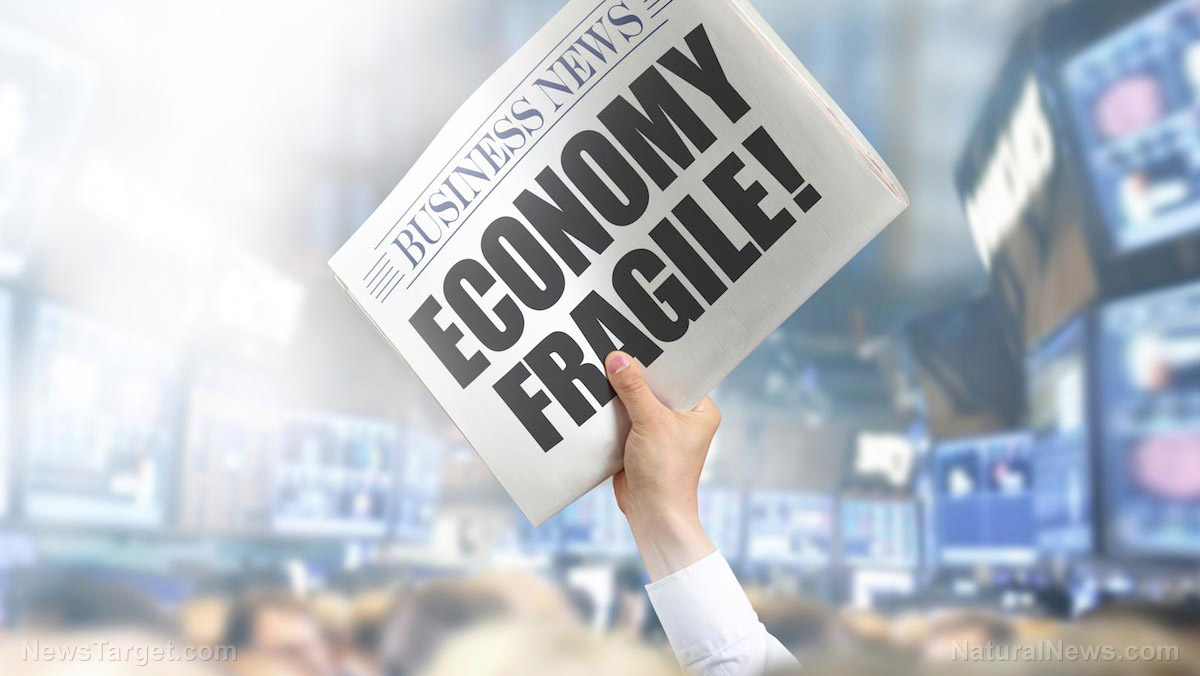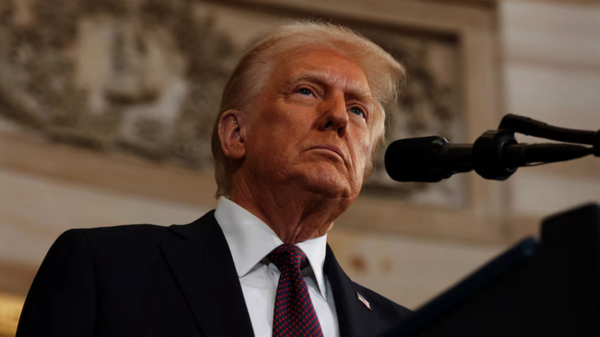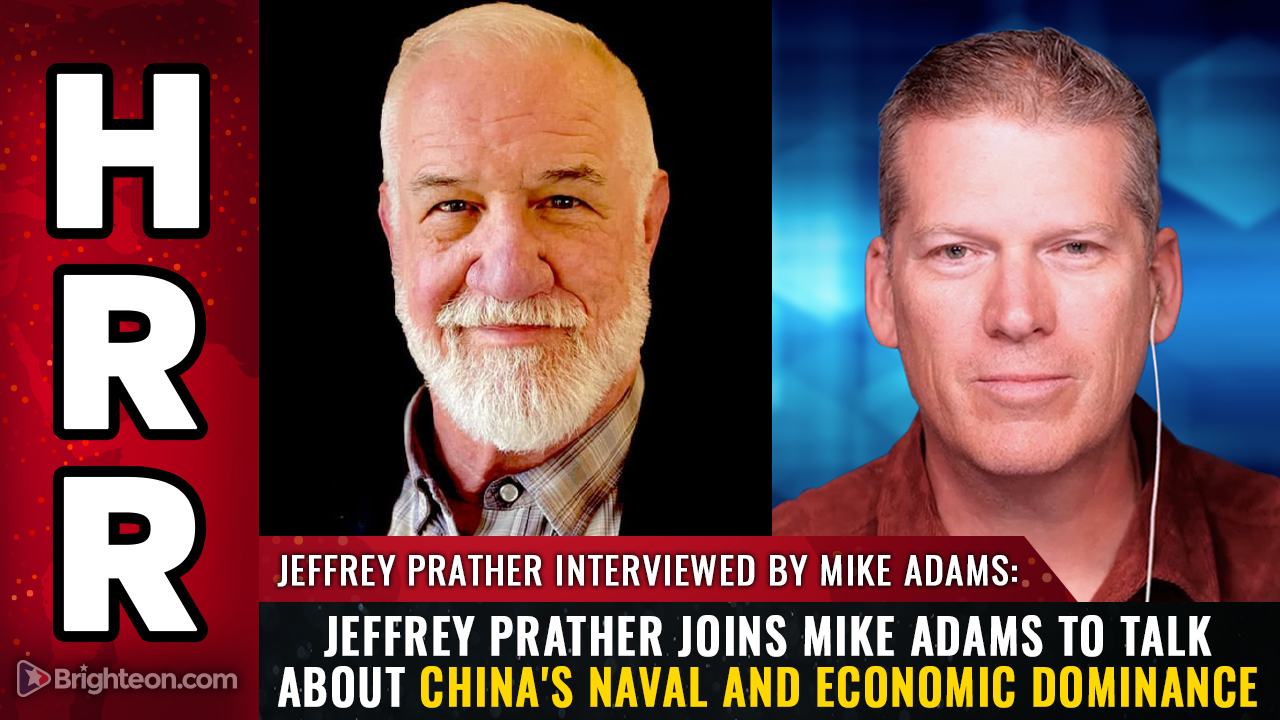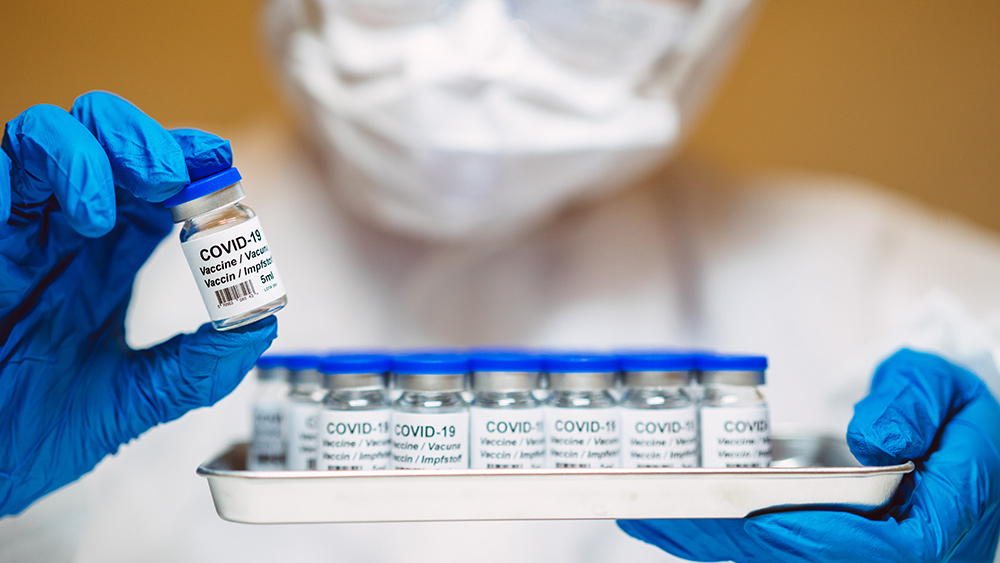 Parler
Parler Gab
Gab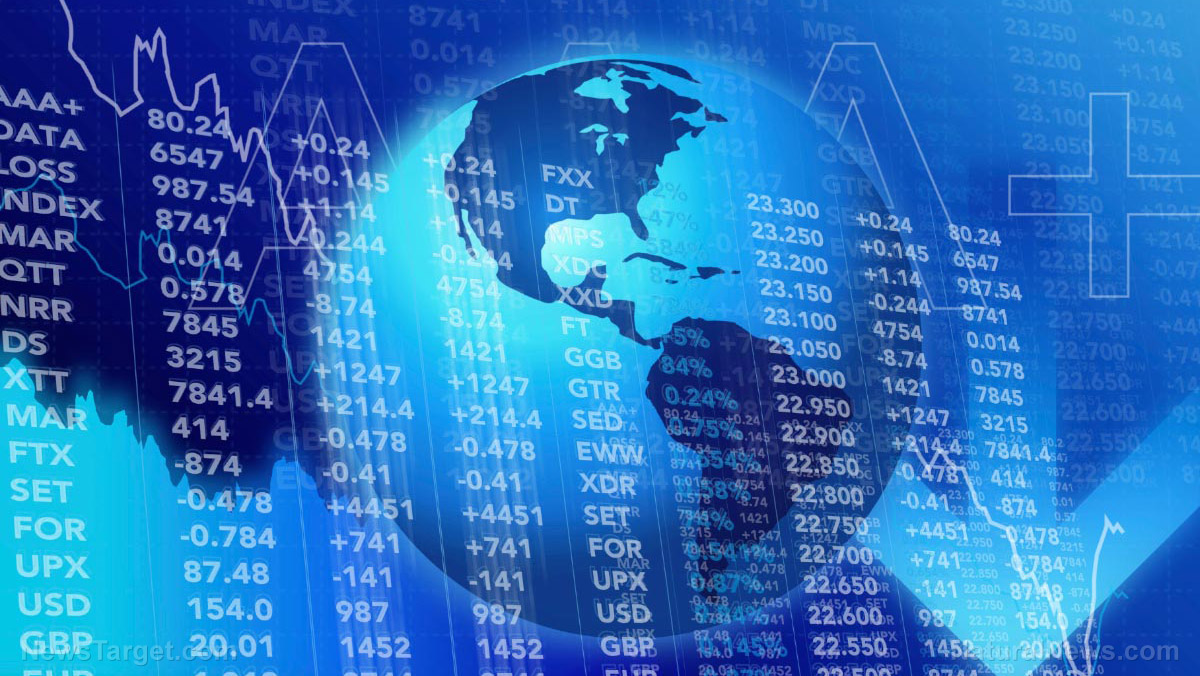
The bond market’s reaction to the tariffs has alarmed investors and sparked fears of an incipient financial crisis as the tariffs went into effect. The immediate crisis may have eased, but with long-term Treasury yields still elevated, the problems that forced the administration to alter its plans on Wednesday could easily recur…. To people both inside and outside the administration, a dangerous situation appeared to have nearly gotten out of hand.We’re talking a nuclear reactor in finance that nearly went into a critical meltdown, which is what forced Trump to dial back his extraordinary tariffs midweek on the same day he applied them!
Trump’s tariff policy—the centerpiece of his economic strategy—now has a counterweight that will be difficult for the president to ignore. The market knows it, and so does China, with its hundreds of billions worth of Treasury holdings. The selloff in bonds—which move inversely to yields—amounts to a decline in confidence in the U.S. itself.(That is truly a sea change, and, again, I’ll talk about China’s nuclear options in detail below.)
Tariffs went into effect the morning of April 9. Former Treasury Secretary and Harvard Economist Larry Summers warned of the potential for a “serious financial crisis wholly induced by U.S. government tariff policy.”(I’ll lay out the stress lines that indicate where the first rupture is likely to occur based on where the first cracks started to show. It’s big stuff that has gone critical in our past financial crises.) Some of the rumbling of that nuclear reaction in Treasuries was felt in some mighty-swift dollar trading. That is entirely new! Having risen as high this year of 110 relative to a neutral value of 100 against its major competitor currencies in the basket of currencies traced by the US Dollar Index, the dollar has rapidly plunged to where it fell briefly below par for the first time in about three years, touching down to a diminished 99 today (Friday), which it hasn’t touched since it climbed out of its Covidcrisis slump. I’ve pointed out already this week in these extensive writings that the very thing the BRICS nations never even attempted to do, the Trump Tariffs have mastered, plunging the dollar into what could be the start of the actual “dollar collapse” that has been long talked about by others. As my readers know, I have not been one to predict the dollar’s demise. I’ve said no nation has the power to take the dollar down on its own by out-competing with its own currency. However, the US does have the power to do it, itself, if it goes truly shot-in-the-head crazy. Now that Trump chose to take on the whole world, putting the dollar directly in harms way with the most intense tariff war of all time by taking the world’s two economic superpowers (itself and China) into what is, in economic terms, now a nuclear conflict, we could very well do that to ourselves. (Again, the details of how that reaction began and how easily it can go critical from here will be laid out below as well as some assessment of whether we really have begun the dollar’s collapse.) The stresses that have mounted are now equal to what people were feeling during the worst part of the Covidcrash, and I’ll lay out the particular measures of how bad that level of stress is and give a sense of just how many people are feeling it. While CPI today looked muted in its headline numbers due to recessionary crises in oil prices offsetting inflationary changes in other prices, some items on the list started reporting crippling inflation in the past week due to tariffs. (I’ll lay out below what items were hit and how intense the first hits of inflation directly due to tariffs were. Two major items/categories were extraordinary, even though the total Chinese severance of trade only started last night after those hits were reported. So, there is worse to come.) One writer below joins me in what I’ve said for the past couple of weeks by affirming that the only way to fight a tariff war with a nation as sizable economically as China has become and win it would have been to have some allies in the fight, rather than turn the entire world into an economic ring of foes while taking on the world’s only other economic superpower. BlackRock’s Larry Fink reiterated in the news stories today his claim that the US is likely already in recession, as I’ve been saying since the end of last year; and he stated that the US has now become the world’s greatest destabilizing force. (I’ll lay into the kinds of details that look/feel like recession is here since we don’t yet have the official GDP numbers when I get to the parts of this Deeper Dive provided for those who support my writing to make all of the free stuff I gave to everyone possible.) Some economic data actually looks to have improved in today’s news, but Fink and another writer point out that is most likely because consumers and businesses are rushing to front-run the tariffs by stocking up now. (I’ll give the details of how stocking up right now looks like it did at the start of the Covidcrisis when Trump locked down the US economy as China did, too, just like both are doing now.)
Other pieces of economic data like job growth and retail sales have held up better. Fink said consumers may have been stocking up on goods ahead of the threatened tariffs, which could be masking some underlying economic weakness….May can be read as are; so can could. Some of the big reactions in retail in the last few days that I’ll lay out in the latter part of this Deeper Dive that is for paying subscribers (because I have given a lot of deep content away in a torrent of writing this week, but I cannot give away the farm) will prove that what Fink says may be happening is actually happening in droves! Trump’s tariff pause, Fink says, means longer uncertainty for all markets and businesses. Read more at: TheDailyDoom.com
Seven herbs and supplements for heart failure
By News Editors // Share
Tesla suspends shipment of critical components from China due to escalating tariffs
By Laura Harris // Share
Trump meets retail CEOs to address tariff concerns as trade tensions rise
By Cassie B. // Share
By Finn Heartley // Share
A financial coup: How the deep state is using manufactured crises to seize power
By News Editors // Share
Governments continue to obscure COVID-19 vaccine data amid rising concerns over excess deaths
By patricklewis // Share
Tech giant Microsoft backs EXTINCTION with its support of carbon capture programs
By ramontomeydw // Share
Germany to resume arms exports to Israel despite repeated ceasefire violations
By isabelle // Share

